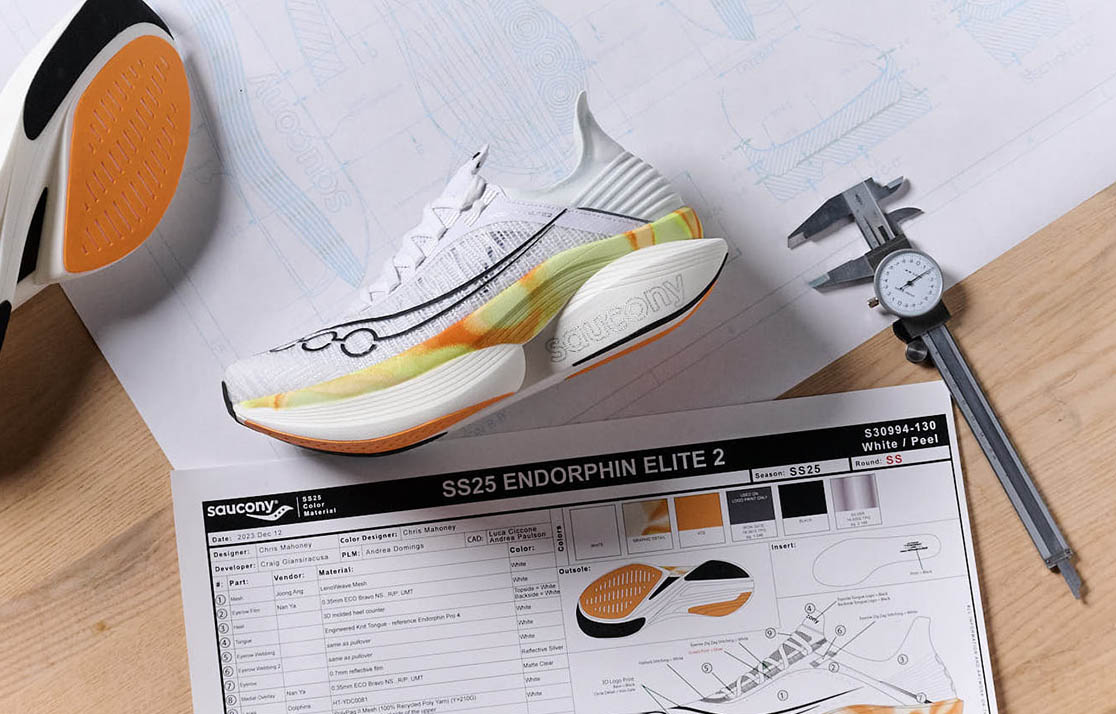
A new dimension in footwear is taking shape as the use of additive manufacturing grows at a steady pace within the industry. Additive manufacturing is the process of creating an object by building it one layer at a time, such as 3D printing. The shift to digital shoemaking in recent years, particularly the use of 3D technology and AI tools, plays an increasingly important role in creating shoes that can be customized, optimized, and made with efficiency. The latest eye-catching lattice designs, performance-enhanced foams, and “sprayed on” uppers serve as a catalyst for footwear’s next big leap.
The first additive manufacturing system appeared in the 1980s, however, it wasn’t until roughly 10- 15 years ago, as the era of super-critical foams emerged, that interest in 3D and new ways of producing parts for footwear took hold. A surge in adoption of additive manufacturing in the footwear space around 2020, changed the perception of digital shoemaking from a flash in the pan trend to a forward-thinking practice with staying power.
Here’s what brands are saying about how additive manufacturing is ushering in a new school approach to a new generation footwear.
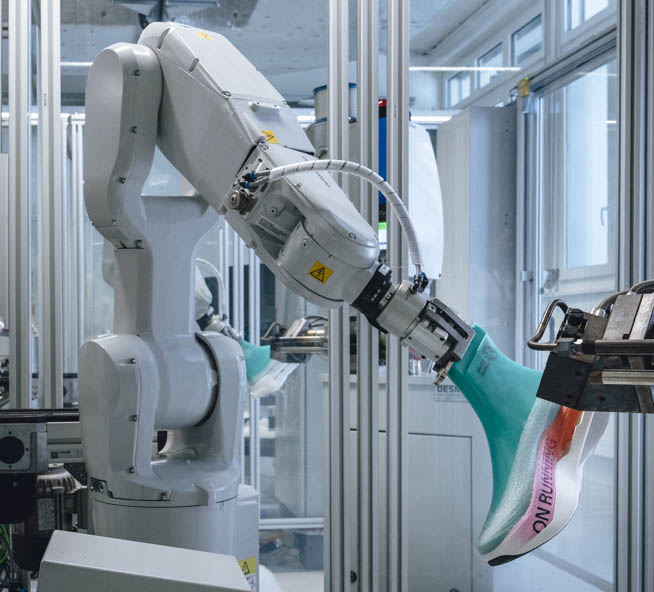
Carbon, Redwood City, CA
“We enable brands to create what they couldn’t create with traditional means of manufacturing and with new timelines that people never thought were possible,” explains Kelley McCarroll-Gilbert, business development director at Carbon, a 3D printing technology company. “We have our own proprietary hardware, our own high performing materials and our own proprietary design software, which allows us to create parts that meet brands’ performance requirements. The biggest benefit of what our materials and designs can do is have the ability to tune every single area of an underlying part. Do you need more stability in one area? Do you need something softer in one area but stiffer in the other area? We can do that.”
Carbon presented its technology in 2015, with Carbon’s first footwear partnership, with adidas, soon to follow. “We looked to use 3D printing in an entirely new way and bring it to market at scale,” recalls McCarroll-Gilbert. “That really was the first time the industry had seen footwear and additive manufacturing being used together and being used to create something that was really focused on taking that digital input, that digital data and creating an output.” The adidas Futurecraft 4D sneaker launched in April 2017 as a limited production concept, with a wider public release in January 2018.
McCarroll-Gilbert adds, “We continue to work to bring new products to market, new data-driven designs and ultimately bring them to market faster than they historically would.” Examples include the new adidas ClimaCool sneaker, fully 3D printed from a single lattice structure, and a collaboration with Puma and A$AP Rocky to bring to market the Mostro 3.D shoe.
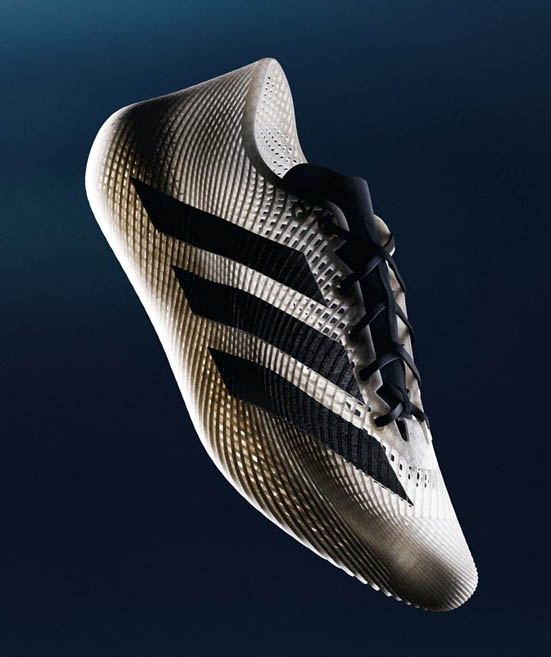
Saucony, Boston, MA
“With 3D printing prices dropping considerably it has made it more accessible within the footwear industry, from prototyping to mass production. More supply chains are getting involved with 3D printing. When strategically used, it can save cost and save time, and I’m seeing an uptick in usage,” states Luca Ciccone, Saucony’s director of product engineering, global footwear, who has seized on the technology for running shoe design, R&D development and foam innovations. “As far as end-use manufacturing is concerned, as materials and processes become more robust, we are finding the advantages to fully take advantage of it.”
“It’s been a phenomenal solution as some have asked for customization or want personalized unique footwear with low volume mass production - in the next few years I truly believe it is going to become a more normalized process. It could be a hybrid approach of using traditional footwear construction with components made from additive manufacturing, but whatever product we are looking to make we are going to leverage it,” Ciccone continues. “Even leveraging 3D printed metal mold cavities for shoe soles, we are able to fine tune the consistency of the foams used in our midsole technologies that can only be accomplished with tooling made though additive manufacturing to offer the best performance possible to the end user”
“There’s product creation, but AI has been a huge win in other ways, both administratively and for research on running industry trends,” says Ted Fitzpatrick, VP product management and merchandising. He explains, “Not only does AI help us do our jobs more effectively, with more accurate representation of information, it works well for research on current market needs.”
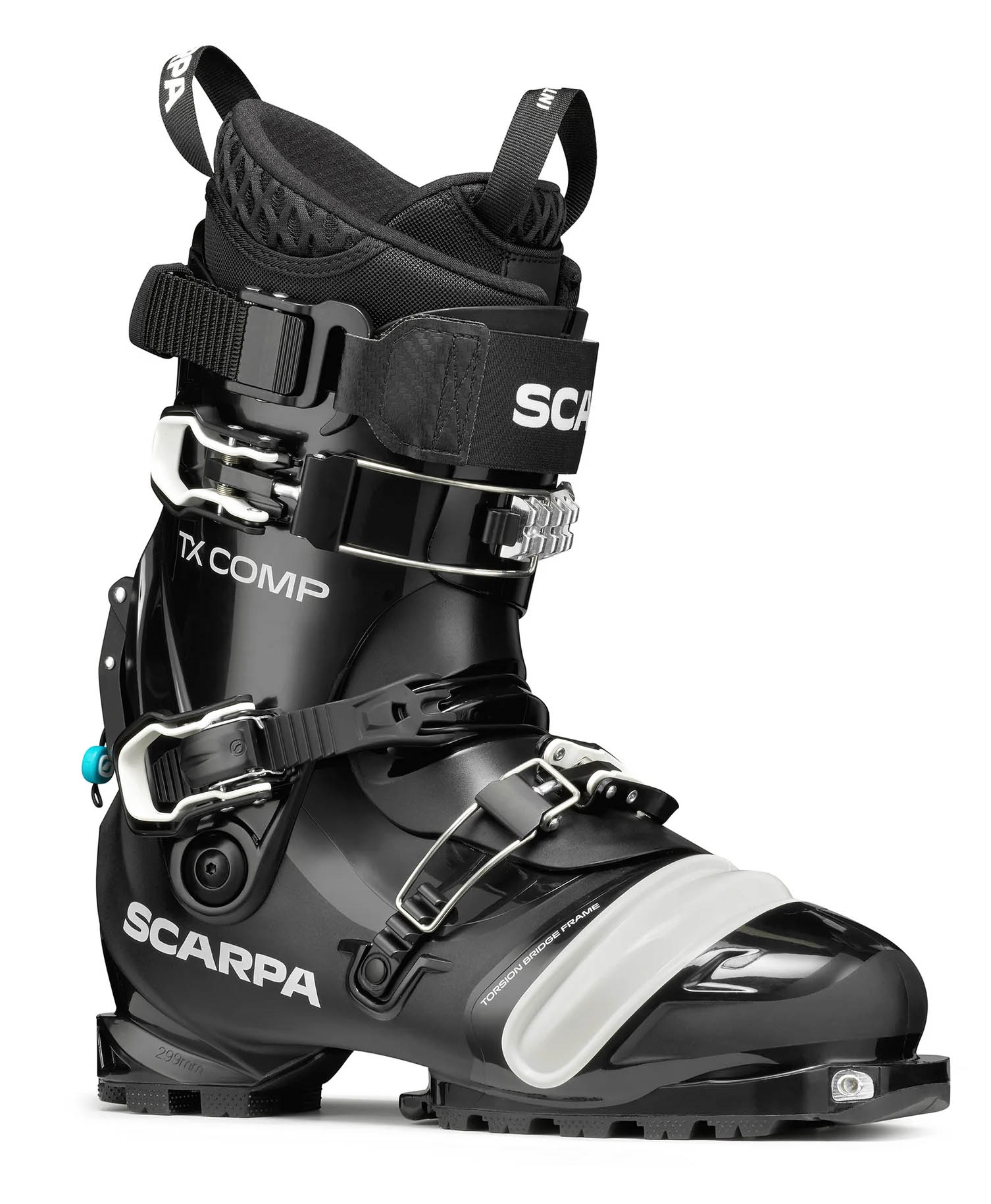
Scarpa NA, Boulder, CO; Scarpa HQ, Asolo, Italy
“3D has been game-changing for footwear, and for Scarpa,” states Mark Matthews, Scarpa’s VP sales. “It’s not a new revelation for us now, but at the time it was, it changed our game. Scarpa has been making technical ski boots for 35 years, first with leather, then plastic injection molding, and now after seven years of utilizing 3D technology for ski boots it feels normal. The level of precision and customization, along with cost are big advantages that appeal to technical ski boot design and development,” Matthews explains. “3D has impacted development time and offers the ability to iterate quickly; we can know proof of concept and if refinements are needed within days.”
Matthews adds, “Ten years ago molding and processors were more constrained, designs were less creative and more simplistic. Components appeared bulky and less elegant. Now with 3D printing you can really test the limits of how to remove material and yet still be strong; it is super versatile, so the technology has really opened up what is possible from ski boot design to the smallest component like a lacelock piece. From industry standpoint 3D is an exciting time, with new looks and performance without compromise.”
“AI is something we all have to embrace; It’s not going away. It’s a powerful tool, and a huge time-saver,” Matthew shares. “We look at 3D print and modeling for product design and development and AI as more useful for communication, marketing, customer service and administrative tasks.”
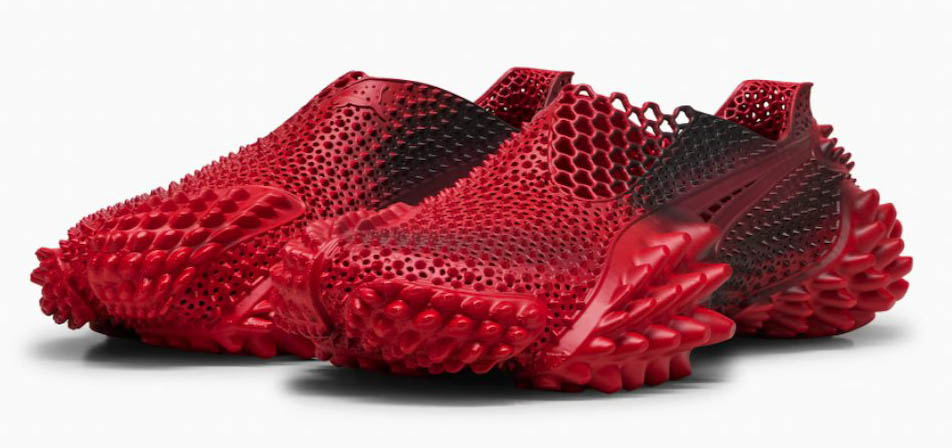


.svg)